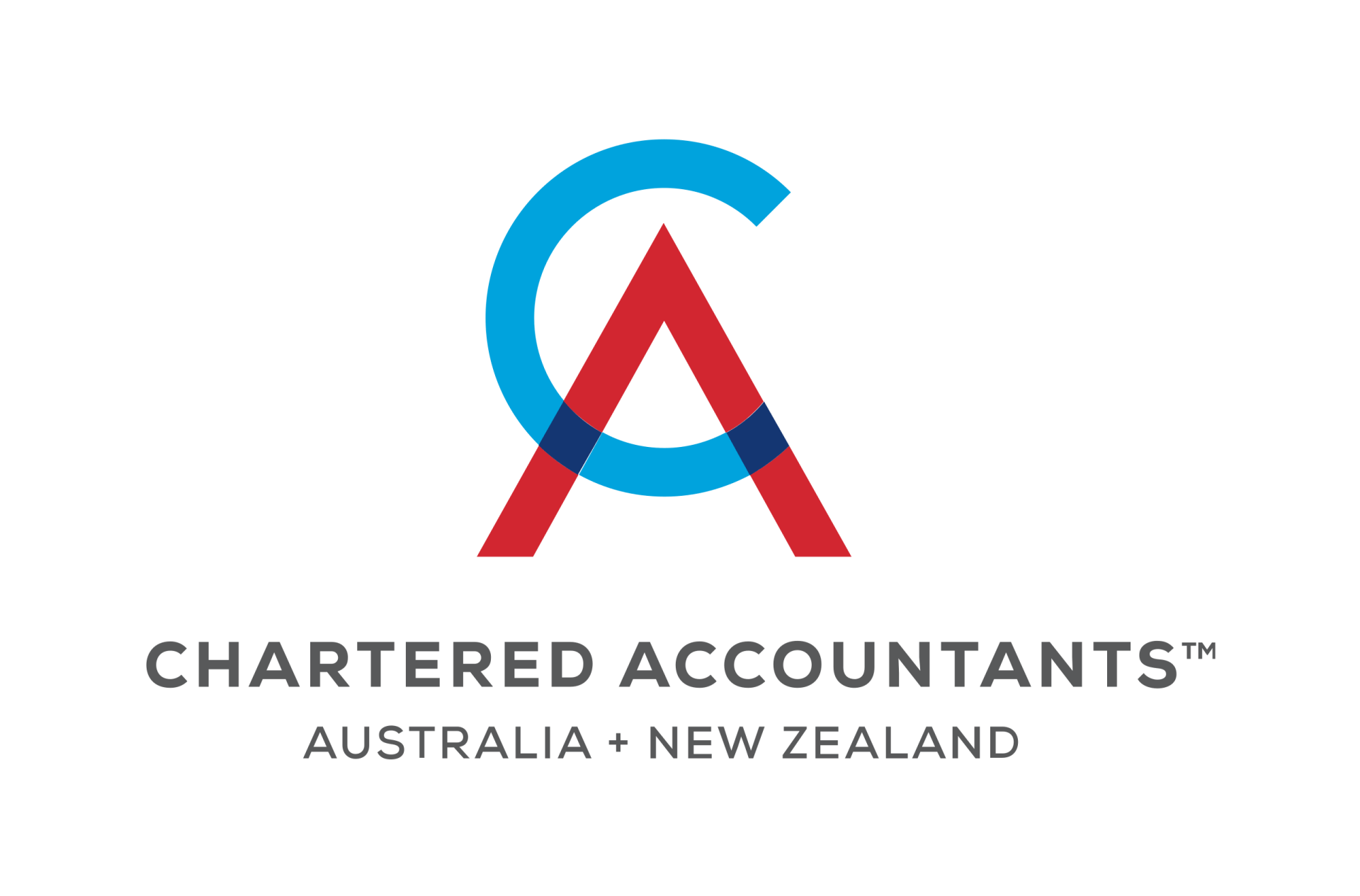The Power of Forecasting and Cash Flow Management
Forecasting and cash flow management may not seem that glamorous,
But they're two of the most potent weapons in the small business owner's arsenal. If you have them under control, you can remove the uncertainty and avoid worrying about debt or running out of cash. It will allow you to focus your energy on growing your business. However, they can spell disaster for your company and reputation if not handled properly.
Learn more about forecasting and cash flow management, including how to start forecasting and why forecasting is so important.
Forecasting: Why you should use it?
Forecasting is about more than making projections for the future. It's about developing a plan for handling whatever comes your way, building scenarios on different plans and alternatives you want to consider, which can help avoid unpleasant surprises.
Once you have your 12-month forecast in place, you can identify what your targets need to be over the year. Reporting on these will let you know you are on track or act as an early warning sign to focus your attention. It will enable you to take steps now that will make less costly fixes in the future.
Cash flow Management: Why it's so powerful for businesses?
In the worst of times, managing cash flow can be a full-time job. That's why forecasting and having ongoing cash flow management built into your business is so important. How often have you heard, "We are swamped but don't have any cash in the bank?" Cash flow management can remove this question and put key practices in place to have that cash in your bank. Simple process improvements can increase your weekly and monthly cash flow.
Our checklist can help you identify these important practices in your business.
What can you use it for?
Cash flow is the lifeblood of your business. As a business owner, you should always be aware of cash coming in and going out. The sooner you spot a cash crunch, the more power you'll have to avoid it or handle it proactively.
How simple does it need to be?
Forecasting and cash flow management can be complex tasks. Fortunately, they don't have to be.
For a simple cash flow forecast, start with what you have currently:
- Use the simple cash flow forecast models available from Xero or your bank. These are a good starting point and introduction to a 12-month cash flow plan. A Xero example can be downloaded from here.
- Determine your current income, expenses, and gross profit margins. Find these numbers on your last set of management accounts or financial statements.
- Identify your regular term debt repayments, drawings and GST payments.
- Review your last tax plan's income tax payments for the next 12 months.
- Once you know how much money is coming in and how much money is going out over the next 12 months, it's time to make adjustments for things that you are planning to do. Are there equipment purchases required? Do you need to build up stock levels? Allow for these in the month you expect these to occur.
- Make adjustments. – Does cash flow look each month? Does that capital item purchase need to be deferred a month? Understand the peak and low periods of your cash flow and adjust the plan to suit.
- The next improvement would be to build this out to full projections with separate profit and loss, balance sheet, and cash flow reports. This is standard practice for businesses that have plans and report your monthly management accounts.
Cash flow management involves putting good cash flow practices into your standard business systems and processes. Use our checklist to identify what you can put in place.
Cash flow is the lifeblood of any business. Make sure you have an effective system for forecasting cash flows in your accounting records to ensure that your business will be able to grow sustainably. Don't let money management get in the way of profitability! Many small businesses can save time, reduce stress, and avoid pitfalls by getting a handle on their cash flow.
Talk to us if you want to learn more or need help with anything we’ve discussed today.




